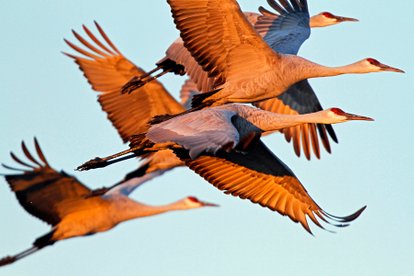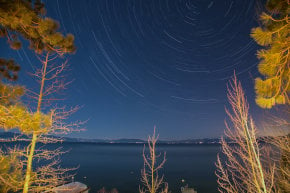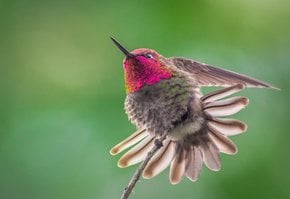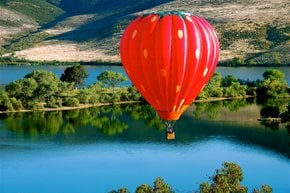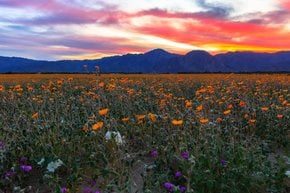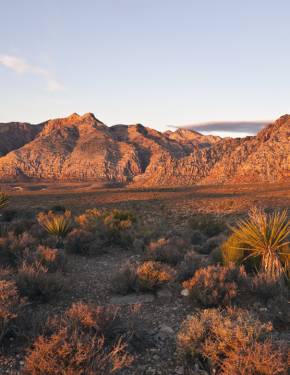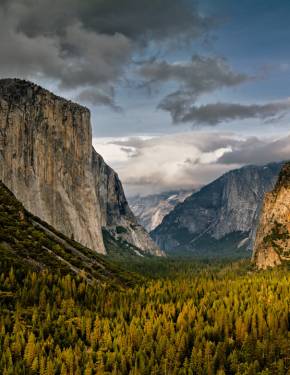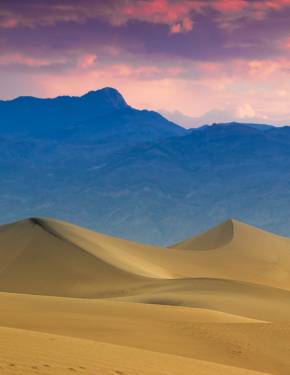Sandhill Crane Migration in California 2025-2026
Central Valley hosts thousands of wintering sandhill cranes
Best time: late September–February
Sandhill cranes are among the largest birds in North America, with wingspans reaching up to 7 feet (2 meters). These ancient birds are renowned for their impressive courtship dances and distinctive calls. Each September, thousands of Sandhill cranes migrate to California's Central Valley after breeding in Alaska, Canada, and the Pacific Northwest—additionally, a smaller group breeds and nests in northeastern California. Unfortunately, Sandhill cranes are currently considered endangered in California due to a decline in their numbers caused by habitat loss.
Migration Season
Witness the wintering sandhill cranes in California from late September through February. California's Central Valley lies in the heart of the flyway, acting as a vital rest stop and wintering ground for many of these species. These birds arrive from their breeding grounds, attracted by grains specifically planted to sustain them through the winter.
Sandhill Crane Key Viewing Locations
Cosumnes River Preserve
One of the premier spots in the state for observing Sandhill Cranes is the Cosumnes River Preserve. The preserve features over 10 miles (16 km) of trails around the main visitor center and the Rancho Seco Recreational Area, providing excellent opportunities for crane viewing. For the best chance to see the cranes, visit during the day when they are feeding in the fields. During the winter months, the diverse habitats of the Cosumnes River Preserve, including wetlands and grassy fields, offer a picturesque setting for witnessing these magnificent birds. Parking lots and restrooms are available daily, including holidays, from 9 a.m. to 5 pm and are free of charge.
Woodbridge Ecological Reserve
The Woodbridge Ecological Reserve, also known as the Isenberg Sandhill Crane Reserve, is renowned for its extensive wetlands where Sandhill Cranes winter. From October through February, the reserve offers crane-watching tours, providing opportunities to observe and photograph these majestic birds up close. Visitors can also attend presentations on cranes and their habitats, guided by experts. Every November, the reserve celebrates the sandhill crane season with the Lodi Sandhill Crane Festival, which will be held from November 1-3 in 2024. Managed by the California Department of Fish and Wildlife, Woodbridge Ecological Reserve not only attracts Sandhill Cranes but also hosts a diverse range of other bird species, making it a premier destination for bird enthusiasts.
Staten Island
Located in the heart of the Sacramento-San Joaquin River Delta, Staten Island spans 9,200 acres between the North and South Forks of the Mokelumne River. For over 40 years, Staten Island has served as a key wintering site for Sandhill Cranes migrating along the Pacific Flyway. Acquired by The Nature Conservancy in 2001, the island plays a crucial role in supporting wildlife-friendly agriculture and conservation efforts along the flyway. Its diverse array of crops, including corn, triticale, potatoes, alfalfa, and irrigated pasture, provides essential foraging and roosting habitat for cranes during the fall and winter seasons.
Carrizo Plain Preserve
The Carrizo Plain Preserve, covering 162,000 acres between the Central Valley and the Pacific Coast, is home to lesser Sandhill Cranes, particularly near Soda Lake. This large, protected area provides a vital habitat for these cranes, which visit Soda Lake periodically.
Merced National Wildlife Refuge
The Merced National Wildlife Refuge hosts the largest wintering concentration of Lesser Sandhill Cranes in the Pacific Flyway, with over 15,000 cranes arriving by Thanksgiving. Groundwater pumped into the refuge creates a vital habitat each winter for a variety of wildlife, including ducks, geese, cranes, shorebirds, and more. During a late afternoon visit, we observed 40 different species, such as greater white-fronted geese, white-faced ibis, pintails, shovelers, black-necked stilts, dunlin, and dowitchers. The Central Valley refuge system plays a crucial role in supporting migratory birds, making it a must-see destination.
Pixley National Wildlife Refuge
Thousands of wintering Sandhill Cranes use the Pixley National Wildlife Refuge from late September through late February, with many migrating from as far as Homer, Alaska. The foot trail at the refuge is open from sunrise to sunset. The observation deck at the end of the trail offers the best vantage point to view large numbers of Sandhill Cranes as they arrive, forage, and roost. Be sure to bring a flashlight, sturdy, comfortable shoes, and layers to enhance your experience.
Sandhill Crane Info
Renowned for its courtship dance, the Sandhill Crane is one of North America's largest migratory cranes, with a wingspan that can reach nearly seven feet and a height of up to four feet. Its impressive wingspan allows it to soar gracefully, using thermal currents to glide with minimal flapping. The Sandhill Crane is an ancient species, with fossil evidence dating back 2.5 million years—significantly older than most bird species still in existence today.
Endangered Species
Sandhill cranes in California are currently listed as endangered due to habitat loss, pesticide exposure, and poaching, leading to a significant decline in their numbers. Efforts to protect these majestic birds, including their migration patterns in California, aim to raise awareness and improve their chances of survival.
Other Birds to Witness
During the winter, the Central Valley reserves are excellent for observing various wintering birds, including the Snow Goose, Tundra Swan, Northern Shoveler, and Greater White-fronted Goose. In addition to these avian species, visitors might also spot river otters, bobcats, coyotes, and beavers. These reserves provide a fantastic opportunity to experience a diverse array of wildlife.
Sandhill Crane Migration Map
Regardless of the season, it's always better to track Sandhill Cranes by using migration maps such as eBird.


